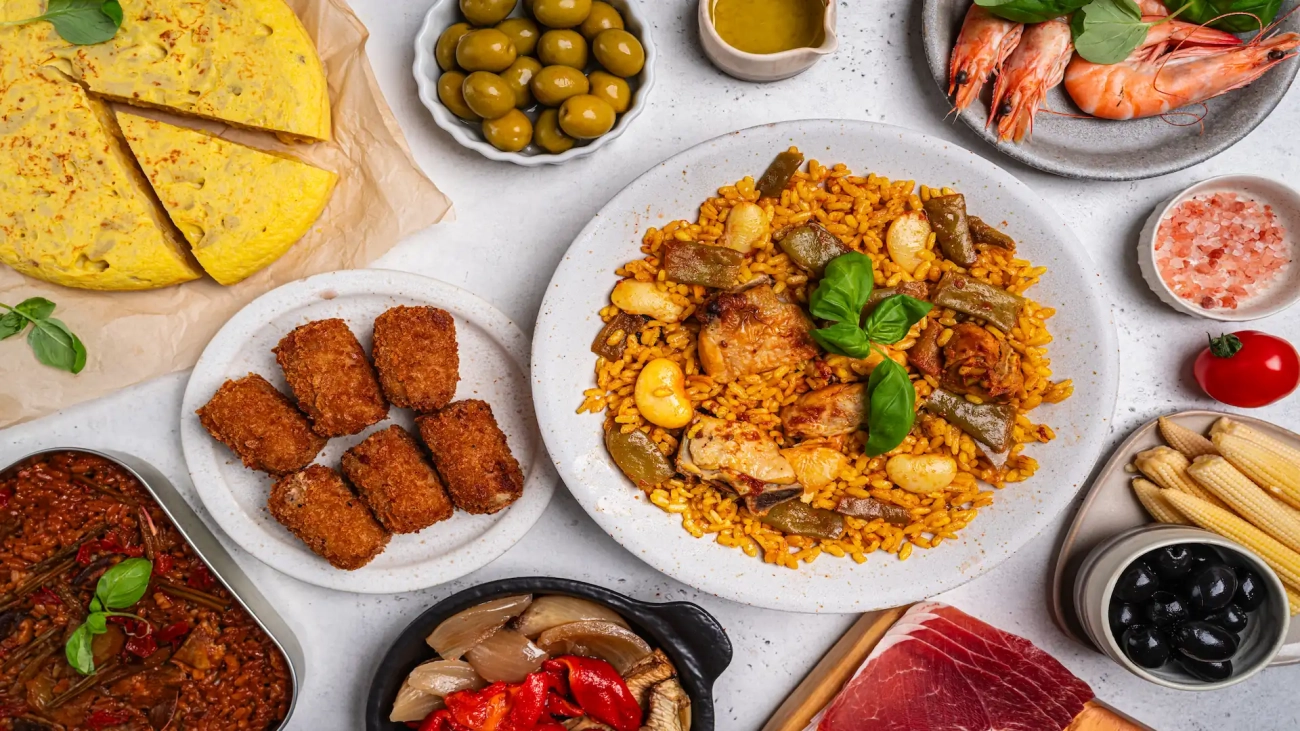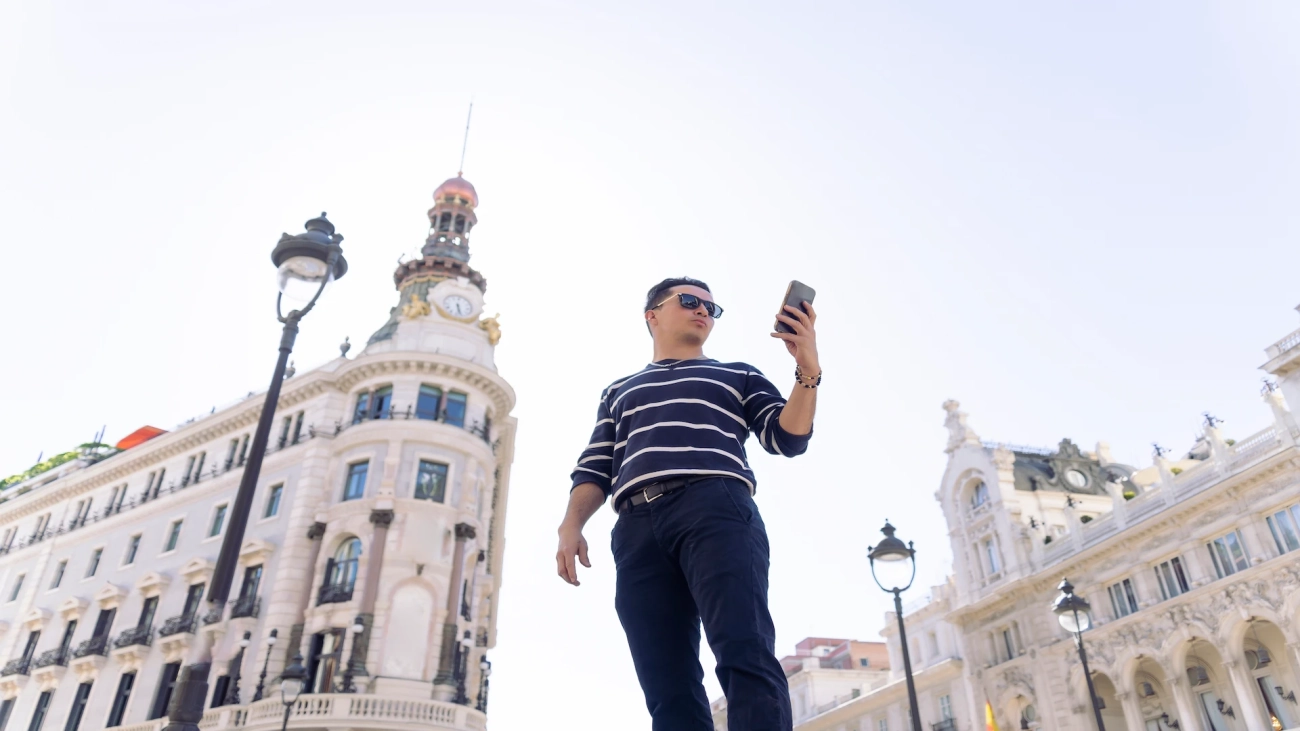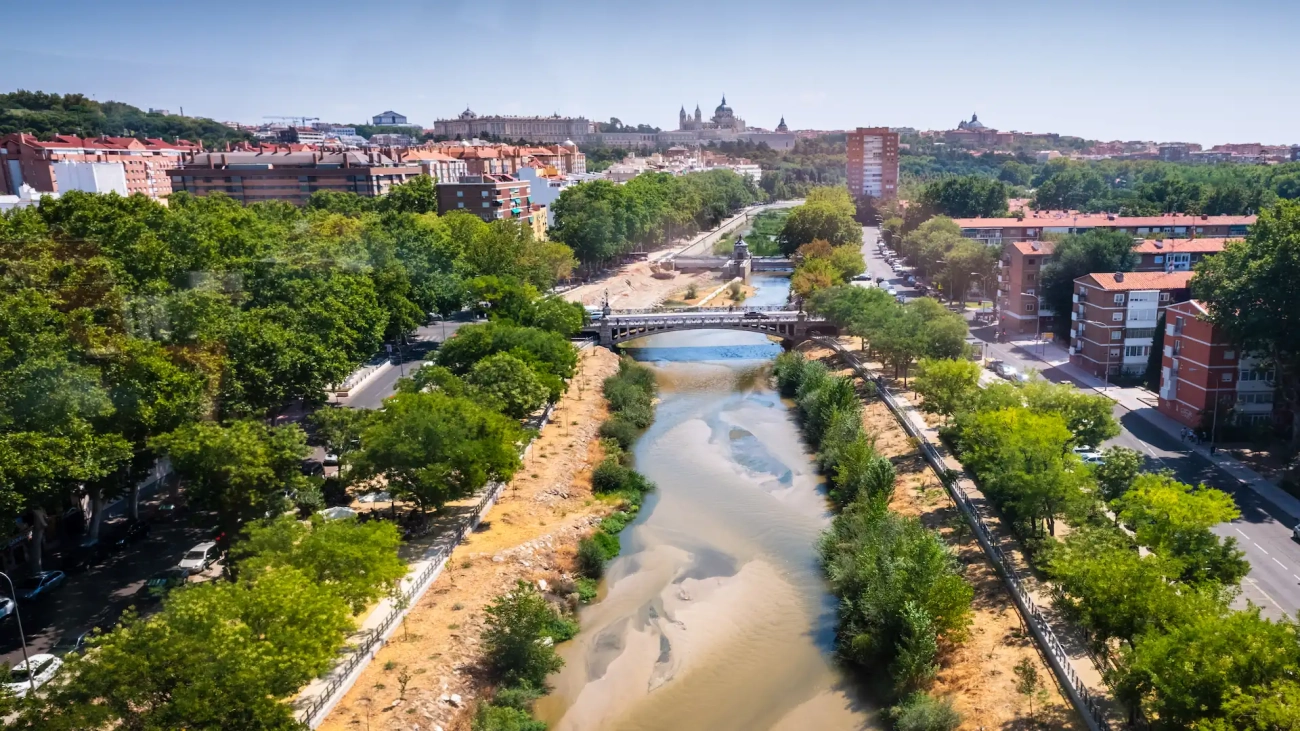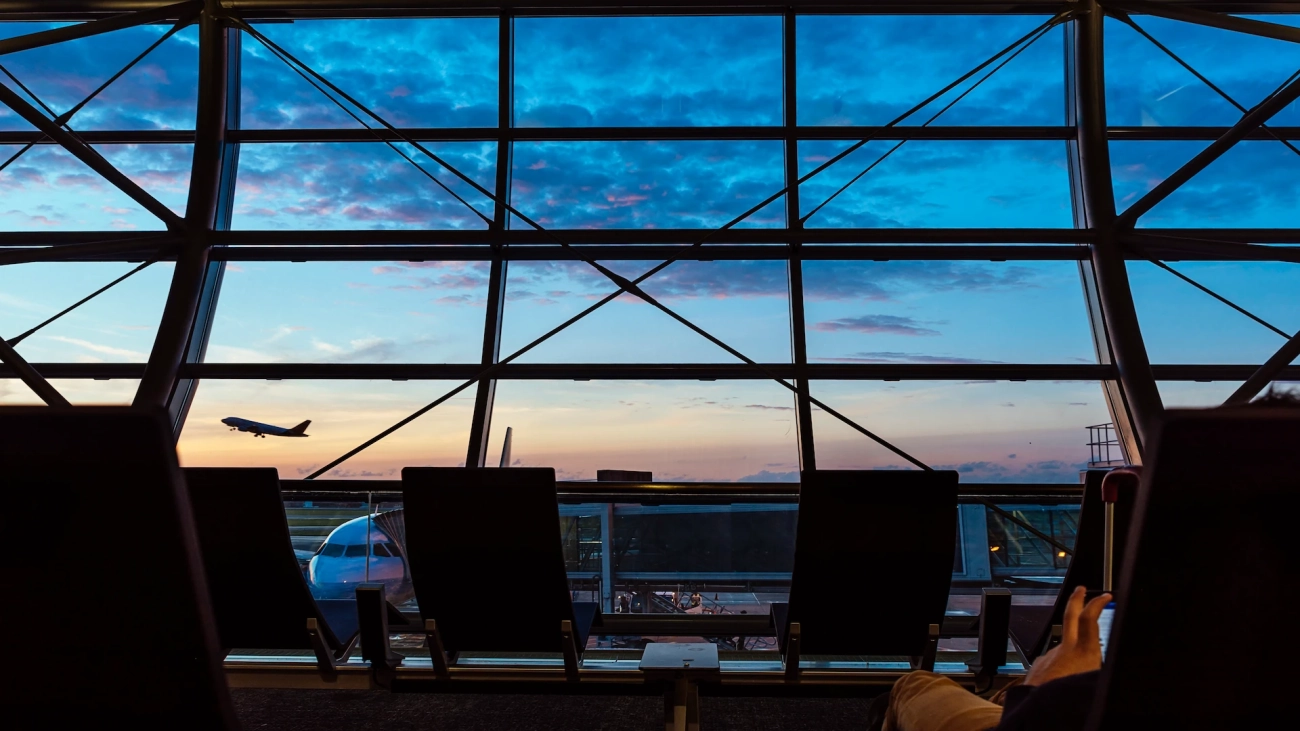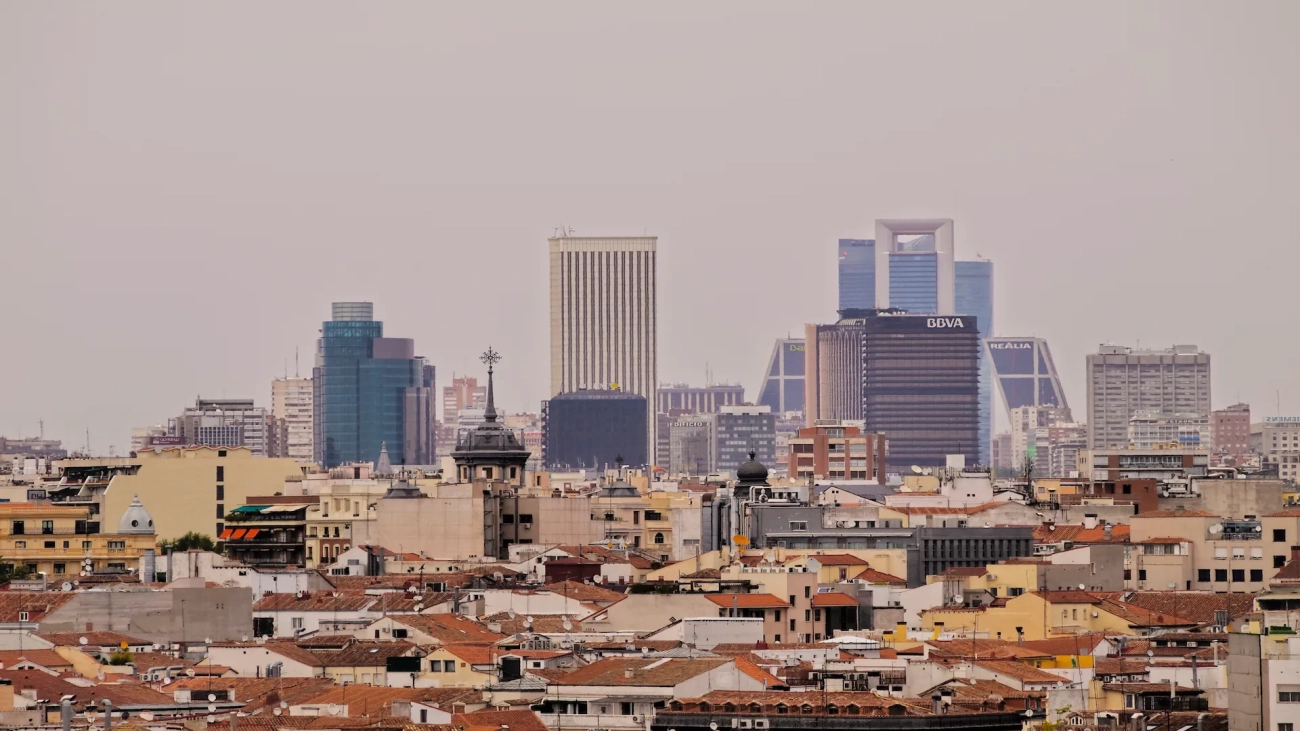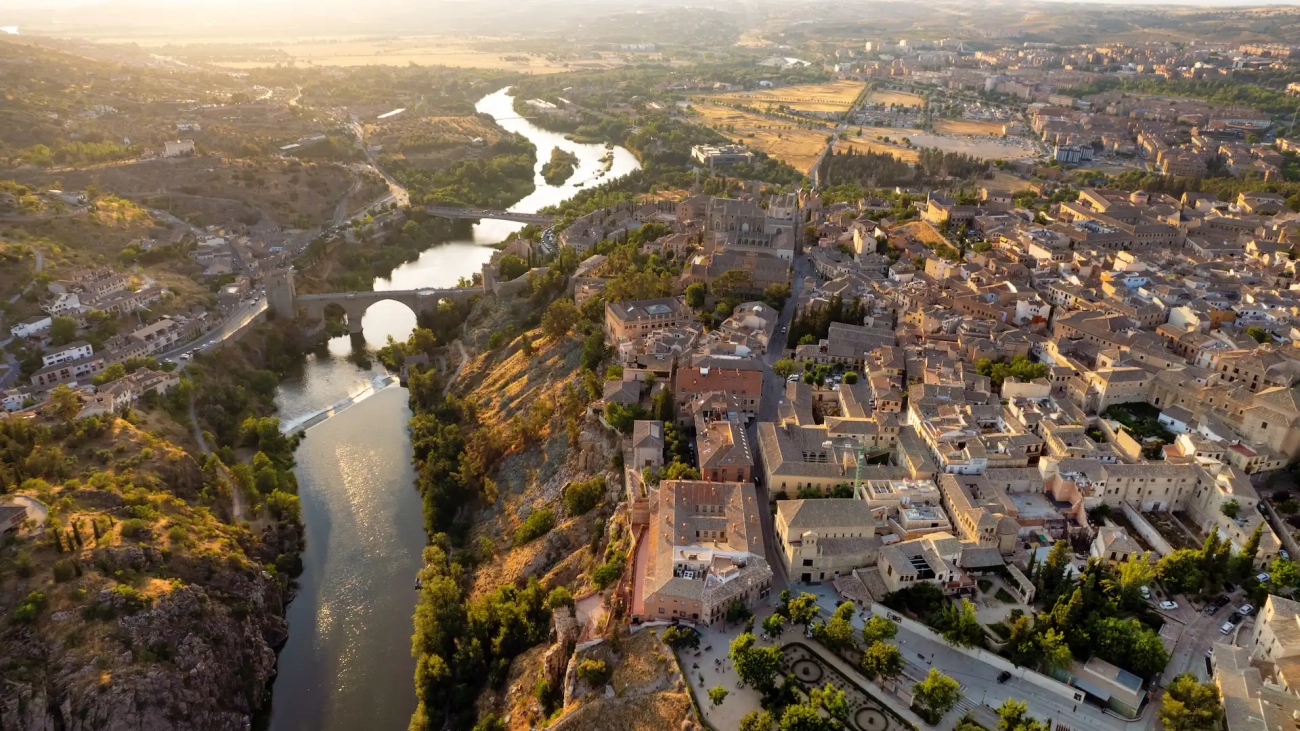Madrid has become one of the most sought-after destinations for those who live and work remotely. The Spanish capital offers all the elements digital nomads look for: a stable legal framework, strong technological infrastructure, and a vibrant lifestyle that balances work and well-being.
International Community, Connectivity, and Constant Networking
Madrid has solved the main challenge for newcomers: integration.
- International community: The National Statistics Institute (INE) confirms that the foreign population in Spain increased by more than 95,000 people in the first quarter of 2025, driving a diverse, open, and multicultural network.
- Advanced connectivity: According to Speedtest Intelligence from Ookla (H1 2025), the average broadband speed in Madrid is 107.32 Mbps, ensuring smooth remote work.
- Co-working spaces: There are 239 active co-working spaces, ranging from global hubs like Talent Garden and Impact Hub to niche spaces geared towards digital entrepreneurship.
- Public infrastructure: The Madrid City Council provides free WiFi in 199 municipal buildings, allowing for comfortable work from libraries, cultural centers, or co-working zones.
- The combination of connectivity, shared spaces, and a solid international community creates an environment conducive to constant networking, where collaboration and professional opportunities emerge organically.
Competitive Cost of Living and High Urban Qualit
Madrid combines top-quality living with a more affordable cost than other European capitals. The Mapping the World’s Prices 2025 report from Deutsche Bank Research ranks the city 16th globally in quality of life, highlighting healthcare, mobility, and safety as differentiating factors
- Balanced cost: Despite rising prices, rents in Madrid are not among the top 25 most expensive in the world, allowing for a premium lifestyle without excessive expenses.
- Urban safety: According to the Ministry of the Interior, the crime rate decreased by 0.5% in the first quarter of 2025.
- Efficient management: This decline occurs in the context of population growth, reflecting strong urban planning and effective safety policies.
The result is a modern, safe, and functional capital capable of attracting both those looking to settle temporarily and those deciding to make it their permanent base.
Climate, Gastronomy, and Vibrant Lifestyle
Madrid offers a hard-to-match combination of climate, gastronomy, and culture
- Climate: With 2,691 hours of sunlight annually, the city enjoys a bright, dry environment that encourages outdoor leisure and a healthy lifestyle.
- Gastronomy: Recognized as the European Capital of Gastronomic Culture 2024-2025, Madrid stands out for its culinary diversity, from traditional taverns to Michelin-starred fine dining.
- Culture and leisure: Landmark museums like the Prado and Reina Sofía, festivals such as Madrid en Danza, and a broad music agenda make the city a European cultural hub.
- This combination of sunshine, flavor, and culture not only enriches daily life but also boosts creativity and well-being—key elements for the professional success of digital nomads.
Flexible Accommodation: The Key to Living and Working Without Ties
Flexible accommodation has become an essential complement to the nomadic lifestyle. Madrid leads the development of flex living, a model that combines coliving, adaptable rentals, and integrated services.
- Investor attraction: According to CBRE, 38 of the 39 leading international funds consider Madrid the most attractive city for investment in this sector.
- Growing demand: A joint report from PwC and the Urban Land Institute lists coliving among the top ten real estate assets with the greatest potential in Europe.
- Market expansion: Savills estimates that by 2025, flex living will represent 16% of new rental properties in Spain, with over 5,800 units dedicated to this market.
This model offers flexible contracts, no high deposits, or bureaucratic processes, in fully equipped spaces—a format that facilitates professional mobility and removes the barriers of traditional rental agreements.
Madrid not only excels in connectivity and favorable legal environments but also offers a balanced and adaptable life tailored to new global working trends. Its climate, gastronomy, safety, and cultural offerings make it the ideal home for digital nomads.
Book Now on BizTrip



